Is It Just Me, or is Hyper-Personalisation the Future? Here are 5 Brands Doing It Right (Part One)

So, here’s something I’ve been noticing of late…
Personalisation has been around for a while, but lately, it feels like it’s shifting into an entirely new gear.
We’re no longer just talking about just adding a person’s [First Name] to an email, (although I’m literally doing that today with something else I’m working on), but brands are using AI and real-time data to anticipate what people want before they even realise it themselves. It’s happening faster than we think, and what we’re seeing now is really just the start.
What’s Hyper-Personalisation All About?
Hyper-personalisation goes beyond the usual targeted marketing tactics. It’s about using AI, machine learning, and behavioural insights to create seamless, ultra-tailored experiences. Instead of relying on basic data like past purchases, companies are tapping into contextual clues, predictive analytics, and real-time decision-making to deliver exactly what customers need, when they need it.
Some brands are nailing this right now, and what they’re doing gives us a glimpse into where things are headed in the future. Here’s a few that I have seen recently.
1. Qantas: Travel Experiences That Just Make Sense
I’ve noticed Qantas has really stepped up their personalisation game. Their Frequent Flyer program got a big AI-driven refresh in 2023, making rewards and travel suggestions way more relevant. They’re using data to predict what flights you’re likely to book, nudging you with exclusive discounts on routes you prefer and even tailoring in-flight entertainment recommendations based on past behaviour.
They are using AI not just as a marketing tool like most but really trying to make a customer’s entire experience smoother and more intuitive.
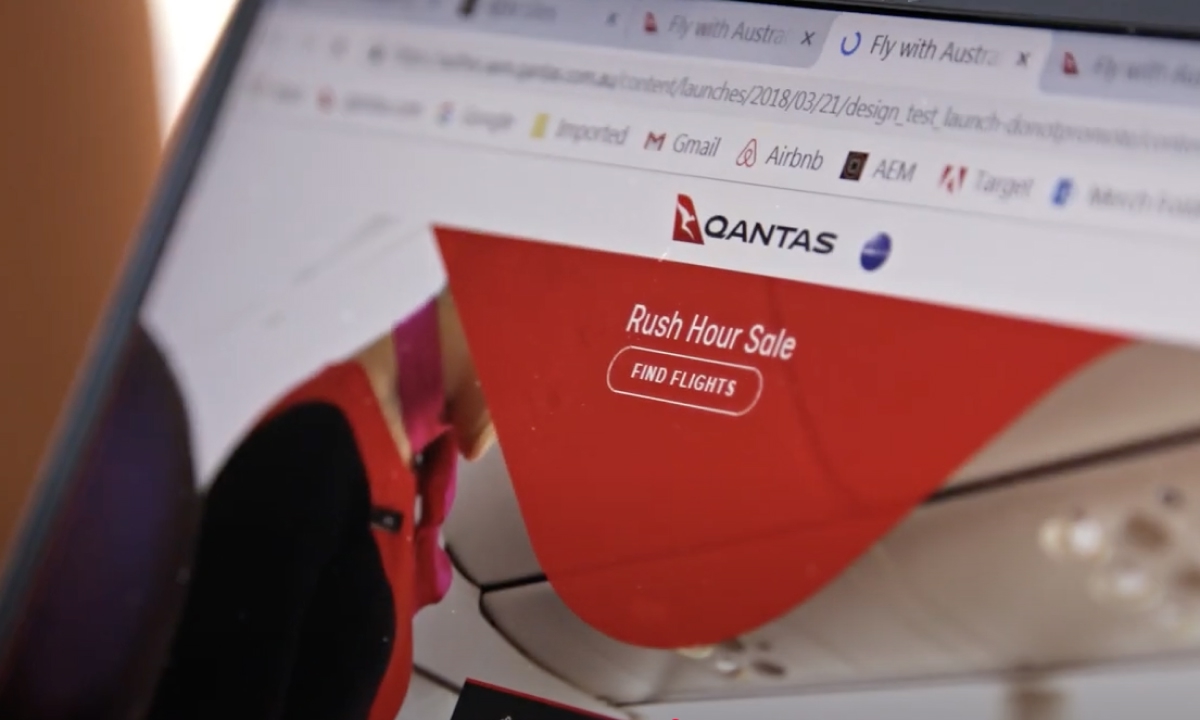
2. Spotify Australia: Music That Feels Like It Was Picked Just for You
We all know Spotify’s been doing personalised playlists for years, but they’re constantly tweaking the algorithm to make it even more spot-on. Early last year, they rolled out new dynamic playlist features that adjust in real-time based on what you’re doing, where you are, and even the time of day. Their AI-driven music curation feels eerily accurate—almost like it knows what mood you’re in before you do. Well, most of the time - I blame the Rick Astly hits on my 14-year-old son, and the other garbage on his 12-year-old brother.
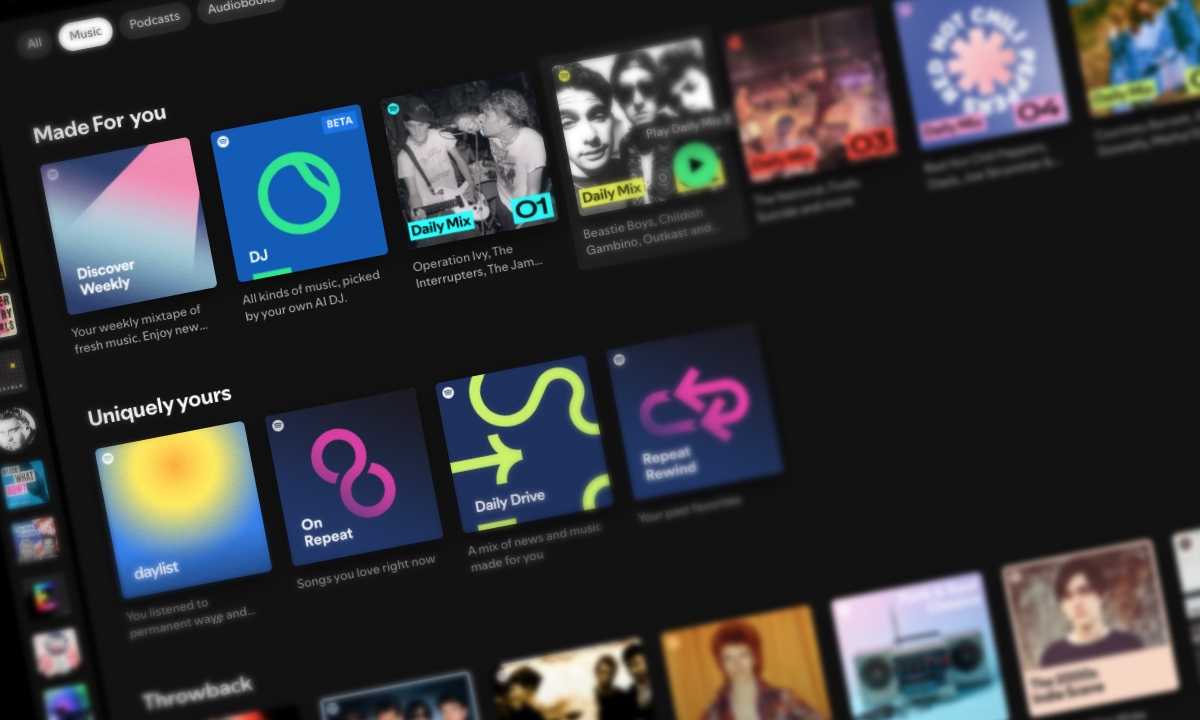
3. Commonwealth Bank: Smarter Financial Advice at Your Fingertips
If you’ve ever used the CommBank app (and that’s about 35% of the population), you’ll know they’ve been quietly integrating hyper-personalisation into banking for years now. Since late 2022, they’ve been adding AI-powered insights, predicting upcoming bills, and nudging users to save at the right moments. It’s not just about tracking spending anymore—it’s like having a digital financial advisor in your pocket and someone on your case about paying your bills on time. Money manager or Financial Controller in your pocket. I have to say this is great for good decision making.
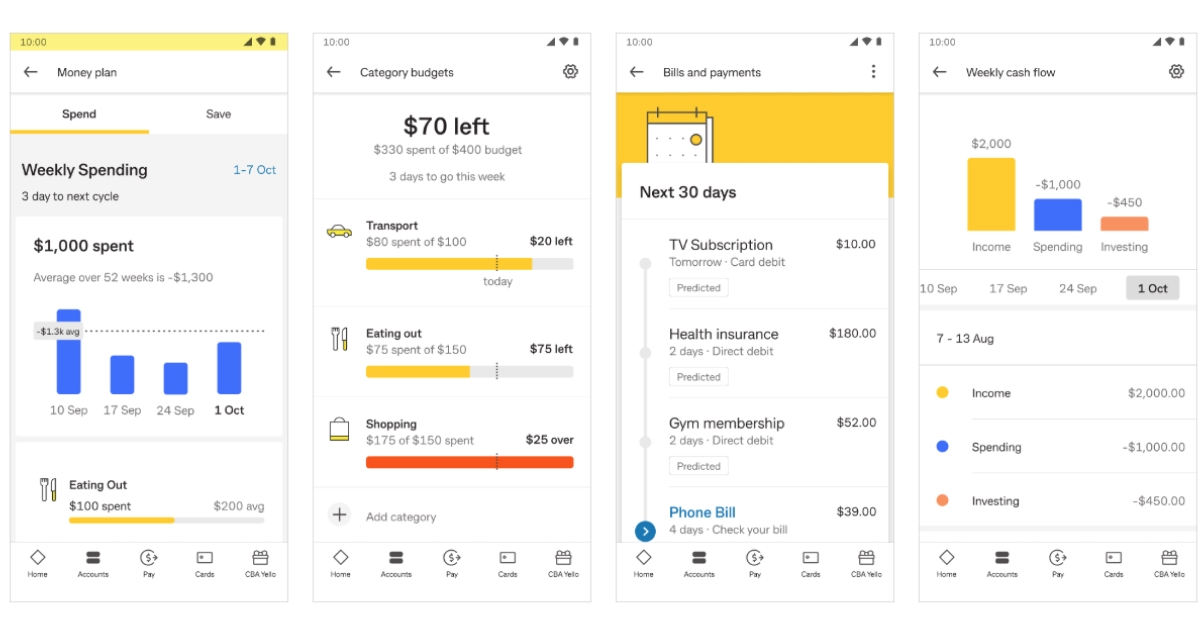
4. Mecca: Beauty Recommendations That Feel Personal
Mecca’s online beauty quiz got a serious upgrade in 2023, and apparently, it’s much smarter and the recommendations have become pretty valuable to its users. Their app serves up product suggestions now that actually make sense based on what you’ve bought before, and in-store, their AI-driven shade-matching tech is pretty cool if you are into that sort of thing. It’s subtle, but it makes the whole shopping experience feel a lot more curated. It really points to the fact that the best uses of hyper-personalisation doesn’t feel like marketing—it feels like expert advice.
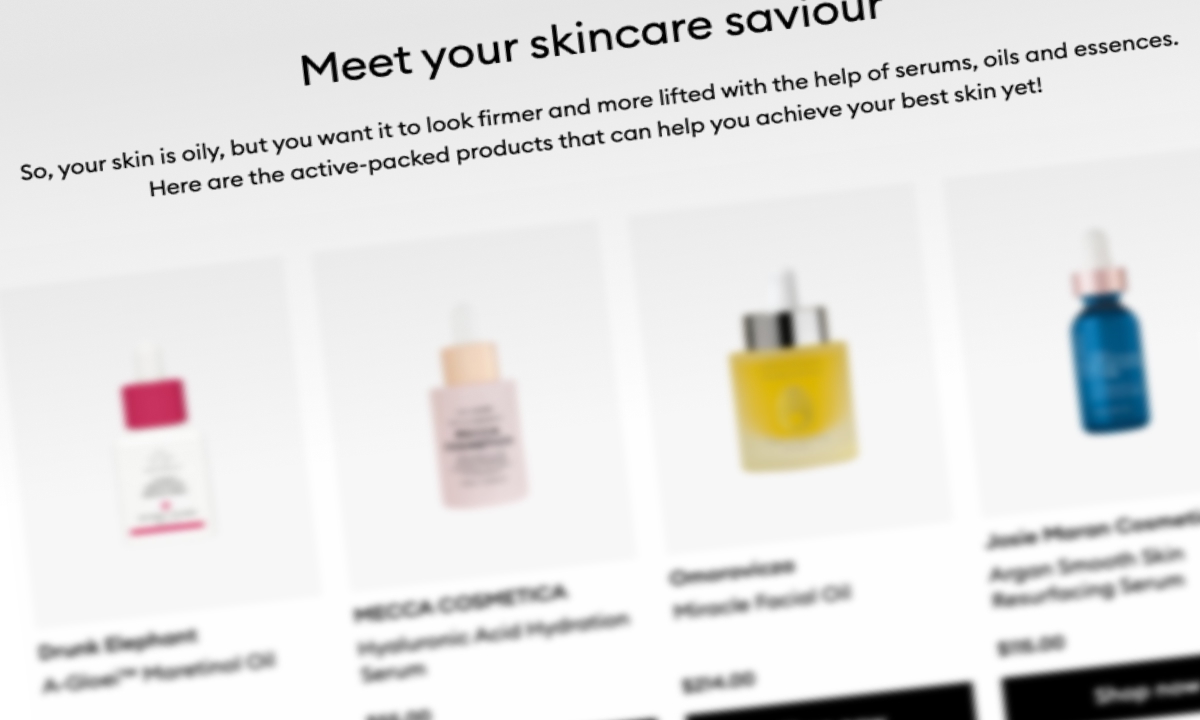
5. Kayo Sports: A Sports Streaming Service That Knows What You Want
Lastly, Kayo has been refining its recommendation engine over the past year also, and it’s starting to feel like it really ‘gets’ what you want. Their AI-driven content suggestions ensure you never miss a match from your favourite teams, and the SplitView feature, is cool as it lets you customise how you watch multiple live games. If there’s a big moment happening in another match, you’ll get a notification nudging you to check it out. My key point here is keeping users engaged means knowing what they want before they do.
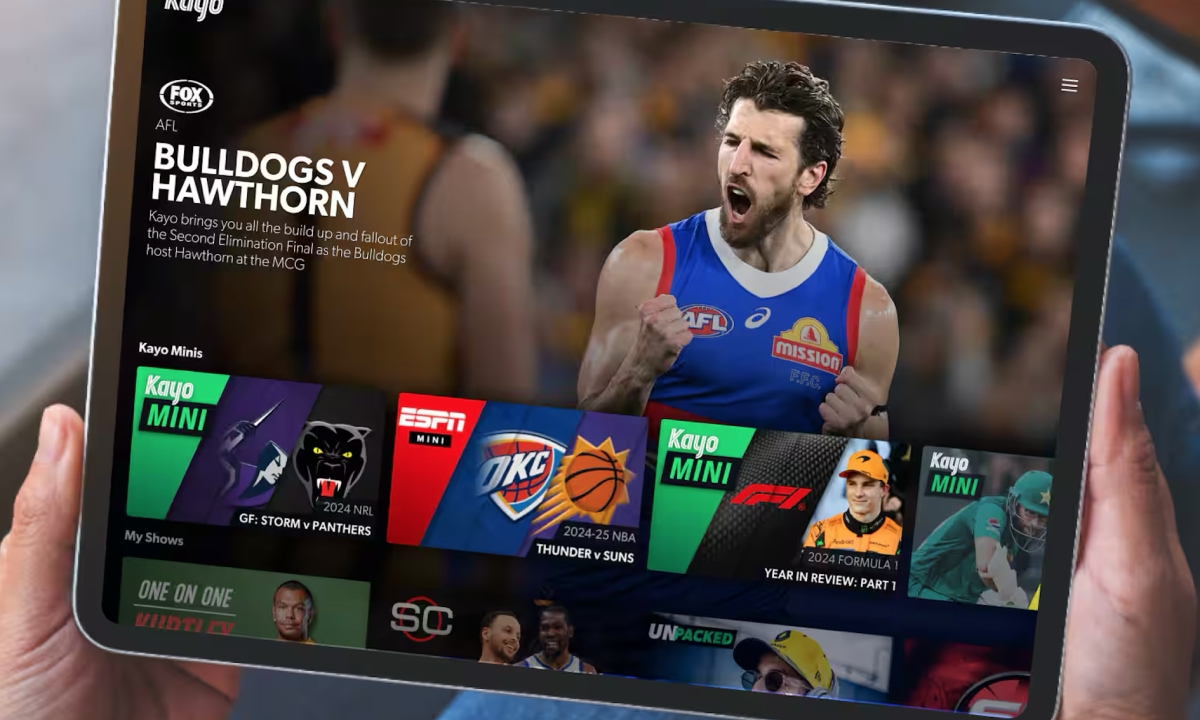
So, where’s this all going?
If this is where we are now, imagine what’s next. I think we’re heading toward:
-
AI that predicts what you want before you ask – We’ll see AI personalisation go from reactive to truly proactive, surfacing products, content, and services exactly when we need them.
-
Tech that understands emotions – Brands will start using voice, facial recognition, and text analysis to gauge how we’re feeling and adjust interactions accordingly.
-
Immersive, hyper-personalised experiences – Augmented reality (AR) and virtual reality (VR) especially with the Apple Vision Pro technology, could take personalisation to a whole new level, tailoring digital experiences in real-time.
Striking the balance between personalisation and privacy – As hyper-personalisation gets smarter, brands will need to navigate the fine line between being helpful and being intrusive. Transparency and ethical data use will become non-negotiable.
The Bottom Line
Hyper-personalisation isn’t just changing marketing—it’s changing how businesses operate. And we’re only at the beginning. The companies that embrace this shift and use it to truly enhance customer experiences will be the ones that win. The real question is: How fast can brands keep up? The future is coming quickly. Are you ready?




